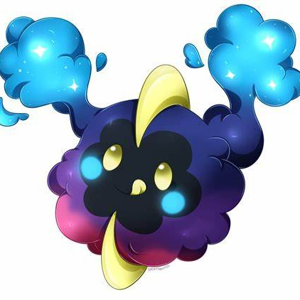Eventually the penny dropped, and I realised that our previous answers have been inaccurate.
The reason you see both SQL 2019 and SQL 2022 is because of the shared features (Integration services, Client SDK and a few more things).
I made a test where I installed one instance of SQL 2019 and immediately upgraded that instance to SQL 2022. When running the upgrade, it seemed that I had the choice to only upgrade the shared features, but I did not try that. After the upgrade, I indeed had both SQL 2019 and SQL 2022 in Programs and Features. At this point, I tried running Setup again to perform an edition/version upgrade. But my attempt stopped at the page where I select features. Only Integration Services was listed with a checkbox. But there was also some text that said that there was nothing to upgrade, and when I pressed Next, I got an error message about validation errors on the page.
Next, I tested with going into Programs and Features and uninstall SQL 2019. Now I could select five features to uninstall, and I selected all five. The uninstall ran smoothly. And after the uninstall, SQL Server 2019 is gone from Programs and Feature. (The Microsoft SQL Server 2019 T-SQL Language Service is still there, though.) I made a quick test by connecting to the instance, and that worked. But who knows, maybe something else broke.)
I did not test to apply a Cumulative Update for 2019. But if you keep the shared features, yes, you may want to keep them up to date.


